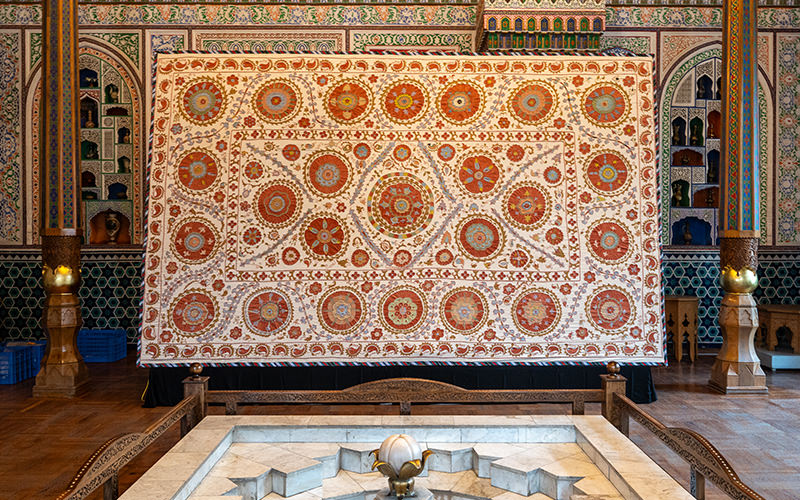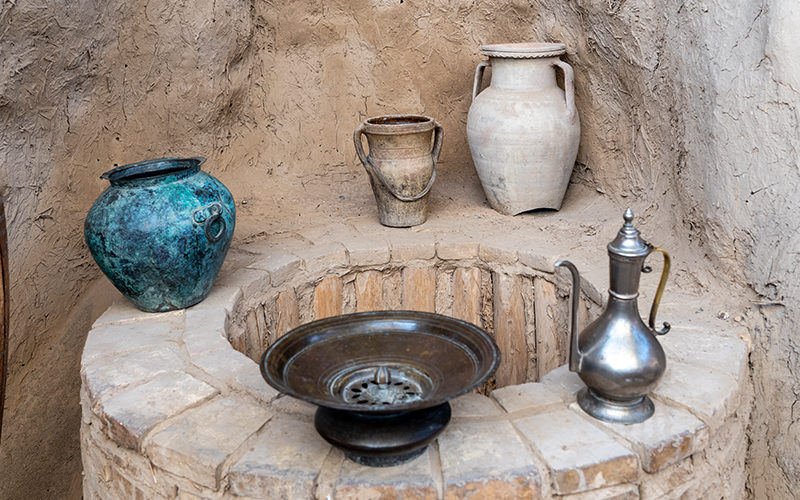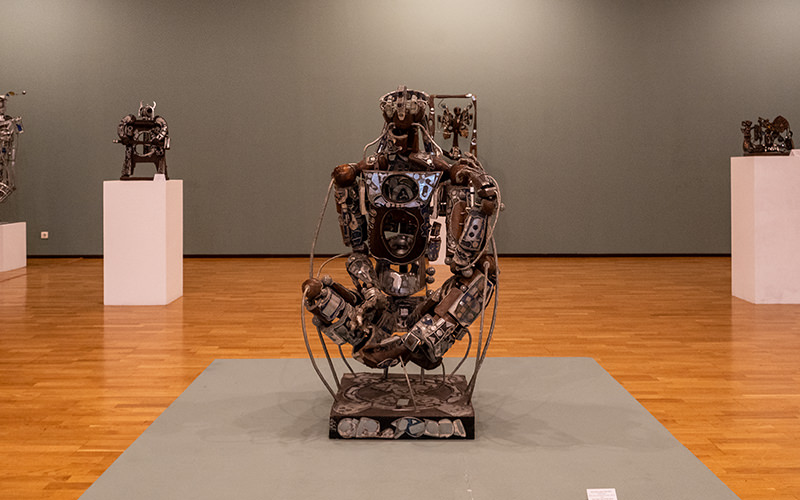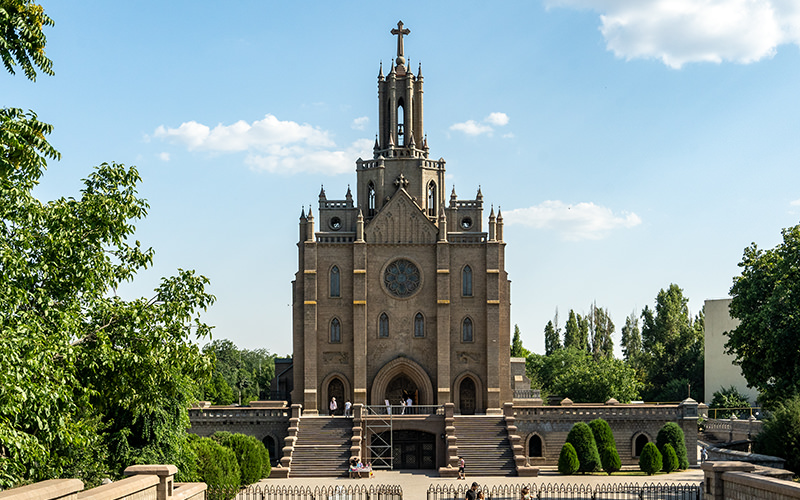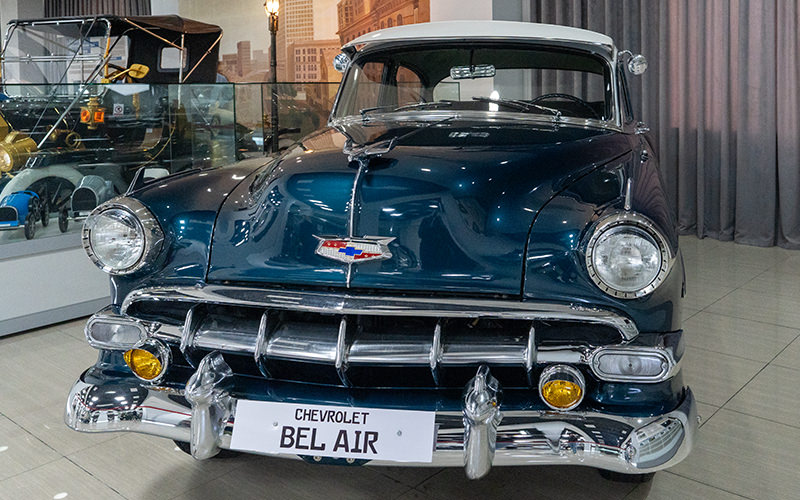Despite my great love for trains, it's been quite a while since I wrote articles about railway transport on my blog. Today, I'm finally ready to tell you about another railway museum that I had the opportunity to visit last summer. It is located in sunny Tashkent.
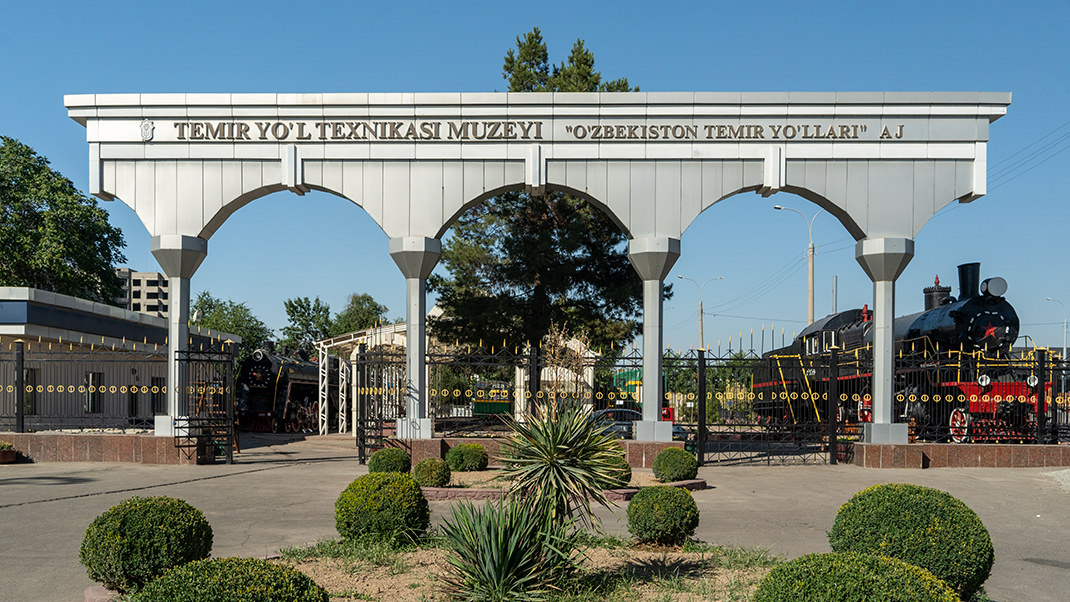

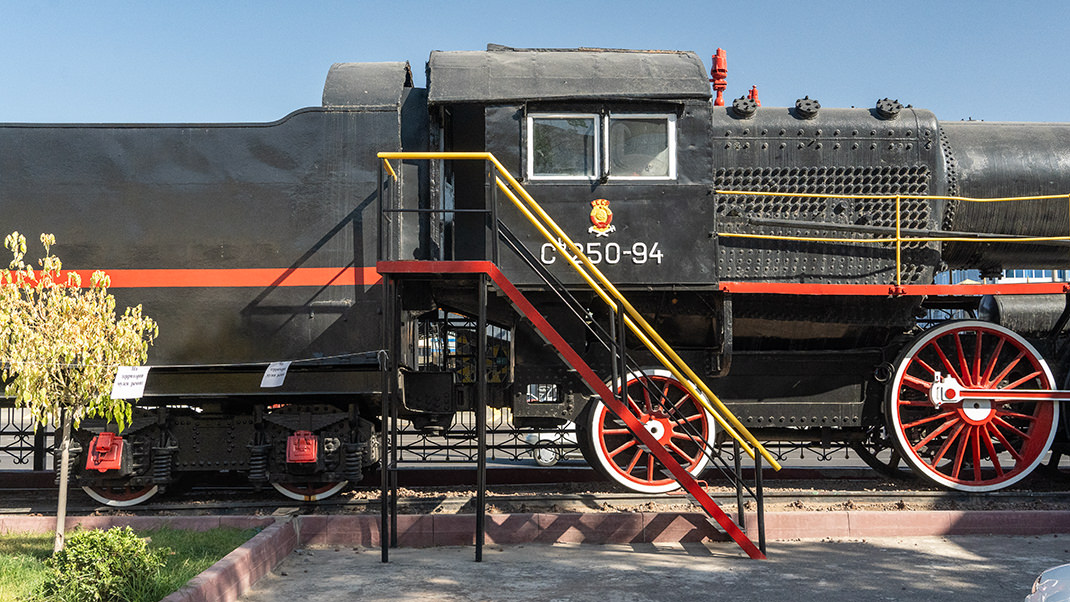
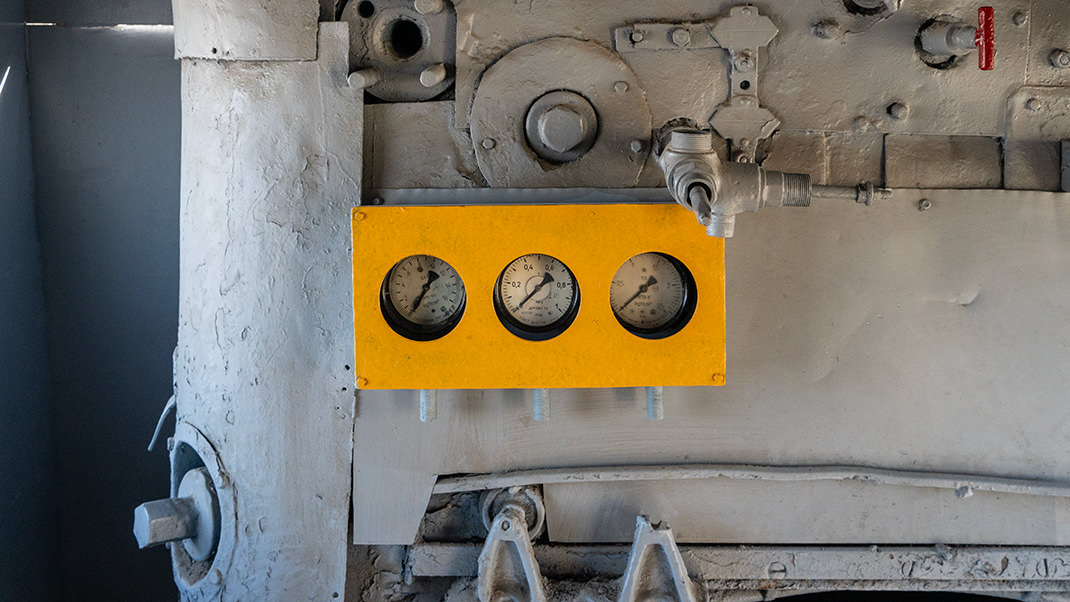
How to Get There by Metro
The address of the Tashkent Railway Technology Museum is 6 Turkiston Street. The exhibition space is located in the open air, not far from Tashkent's Central Station. One of the exits of the metro station is directly facing the museum entrance (Toshkent), it's the blue line of the metro.
The entrance fee to the museum for tourists in the summer of 2023 was 25,000 Uzbek soums. Payment for the visit can be made in cash and by credit cards.
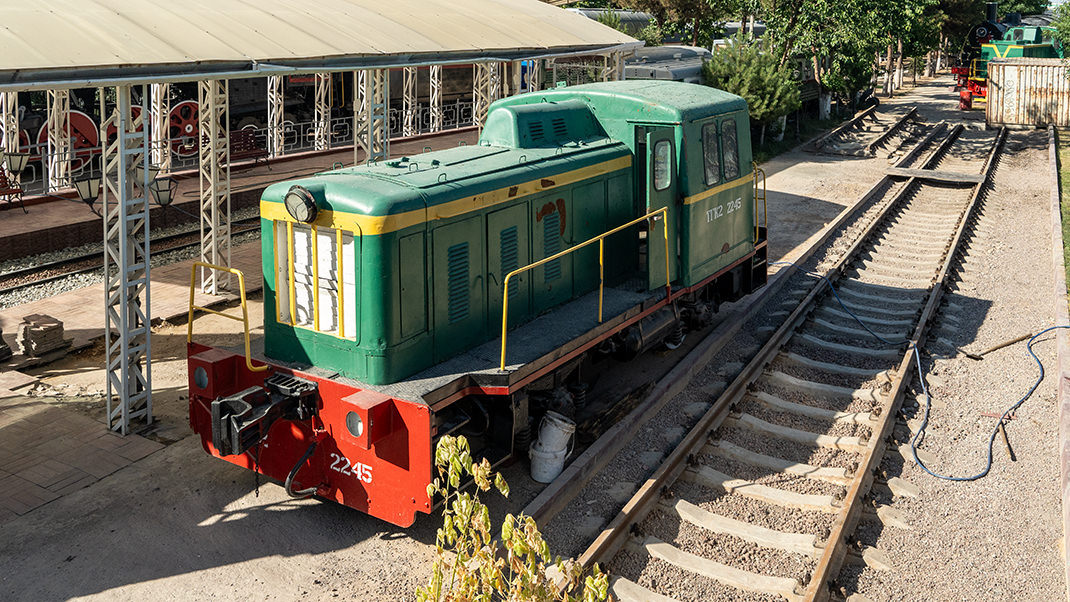
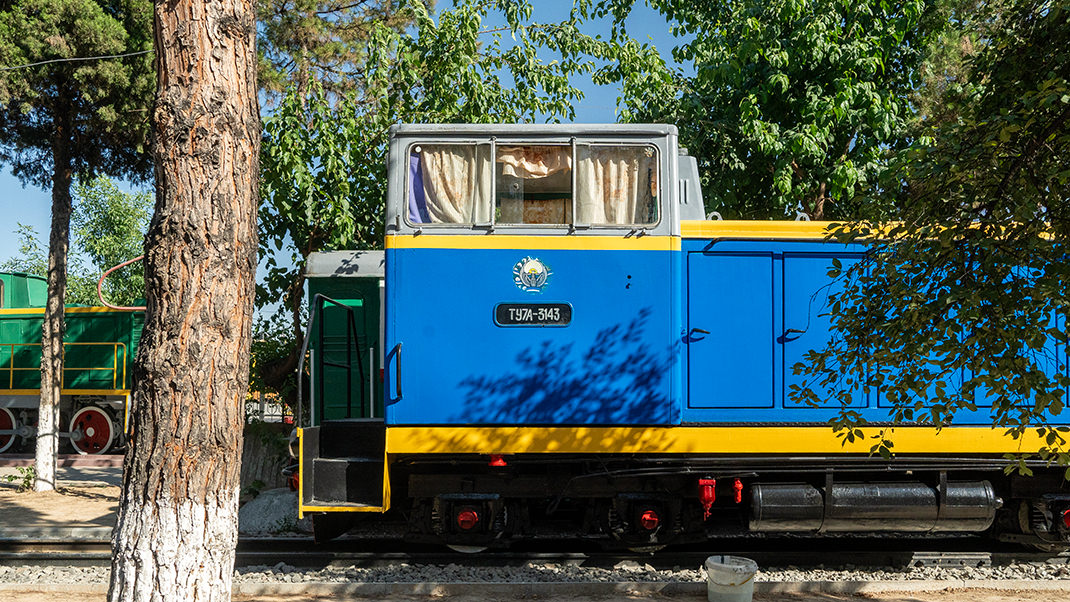
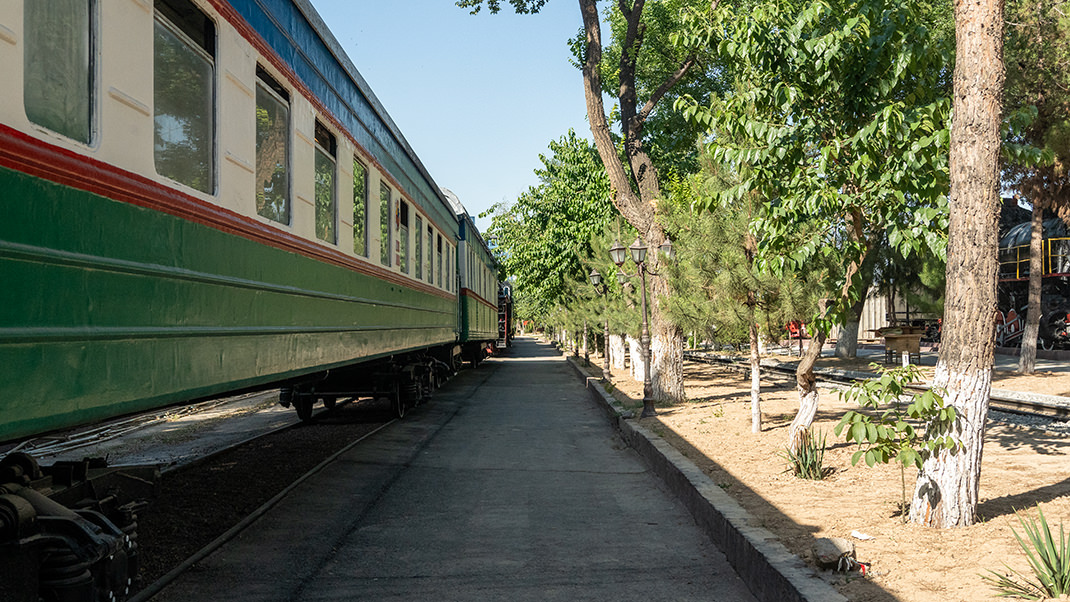
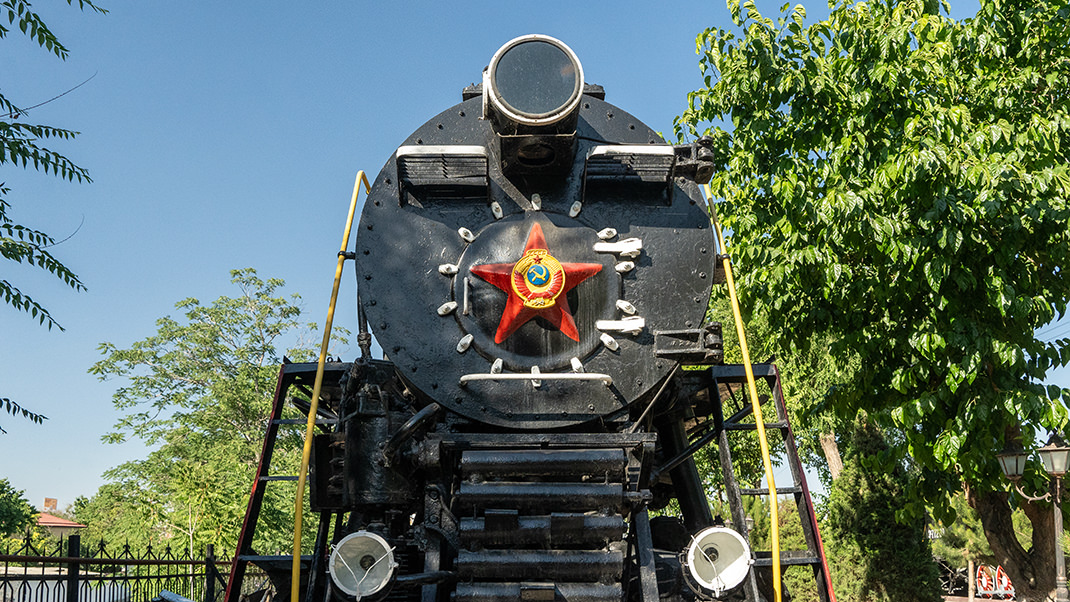
Bit of History
Let's start the story with the origins of railway communication in Central Asia. Plans for the construction of a railway line from Orenburg to Tashkent emerged in the last quarter of the 19th century. In the initial stages of building the Trans-Caspian Railway, a branch was laid from the eastern coast of the Caspian Sea to Kyzyl-Arvat. Over time, the route reached Bukhara, Samarkand, and Tashkent.
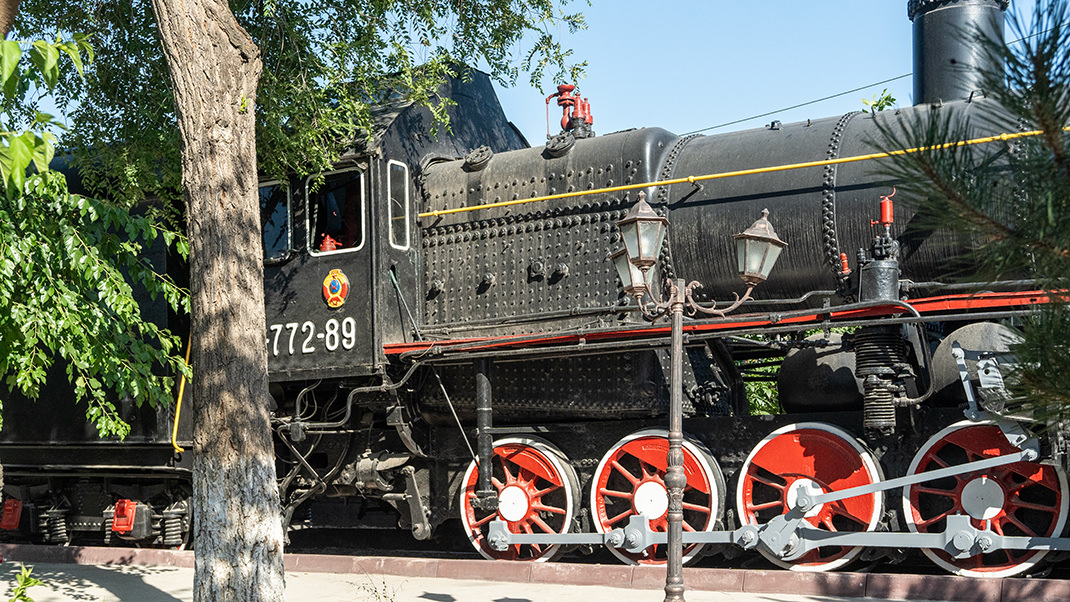
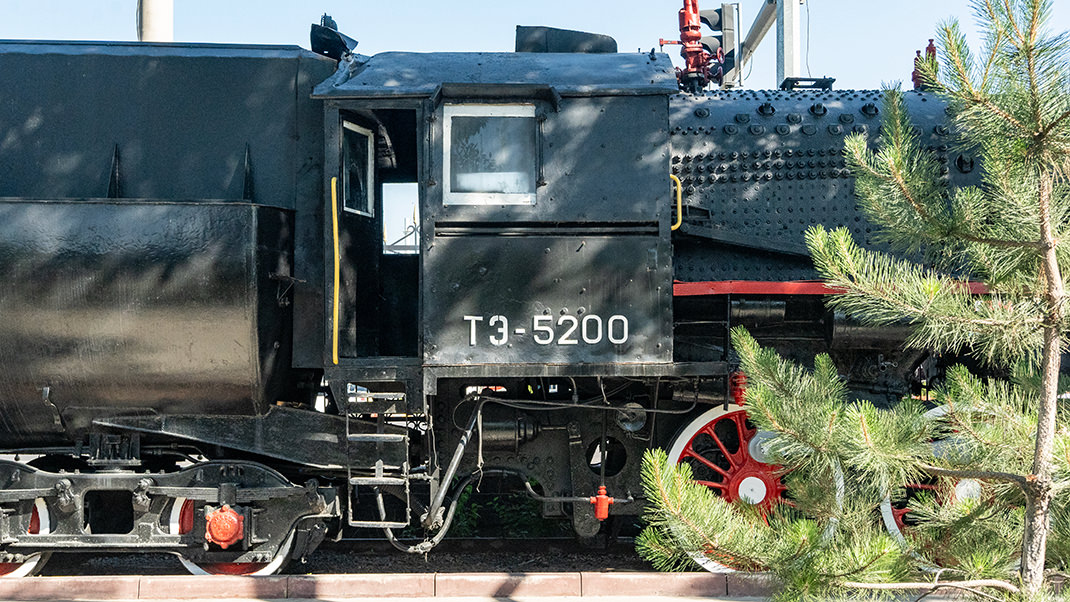
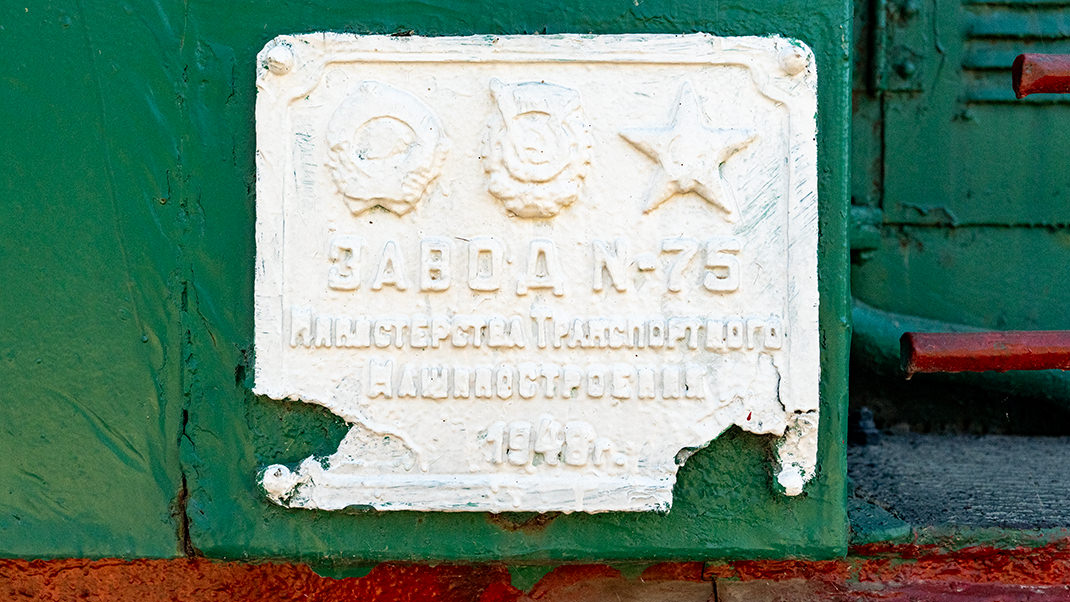

During the preparation of the material, I came across an interesting description of the track-laying process. For example, during the construction of the railway, not only horse-drawn but also camel-drawn traction was used, and a train with 27 two-story cars was adapted for workers' accommodation. These cars housed living and utility rooms. The maximum speed of laying the railway track was six versts per day, which is about six and a half kilometers.
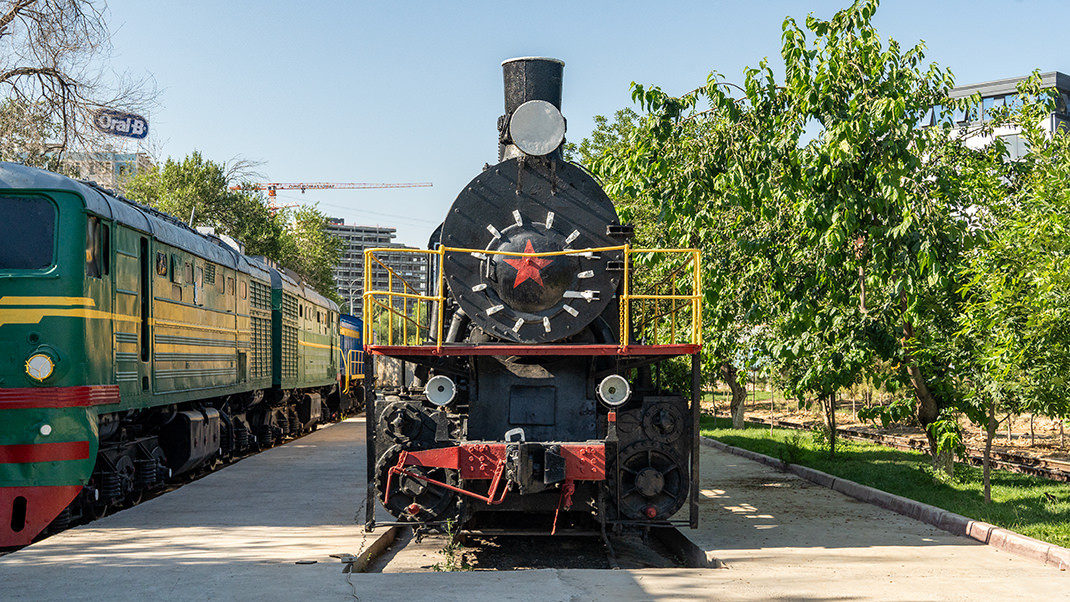
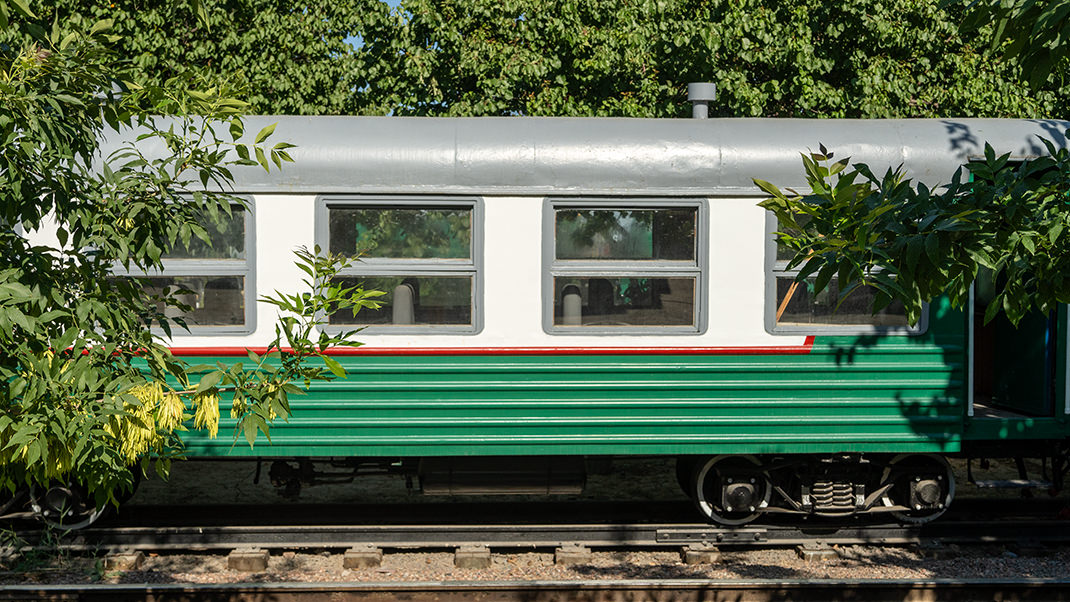
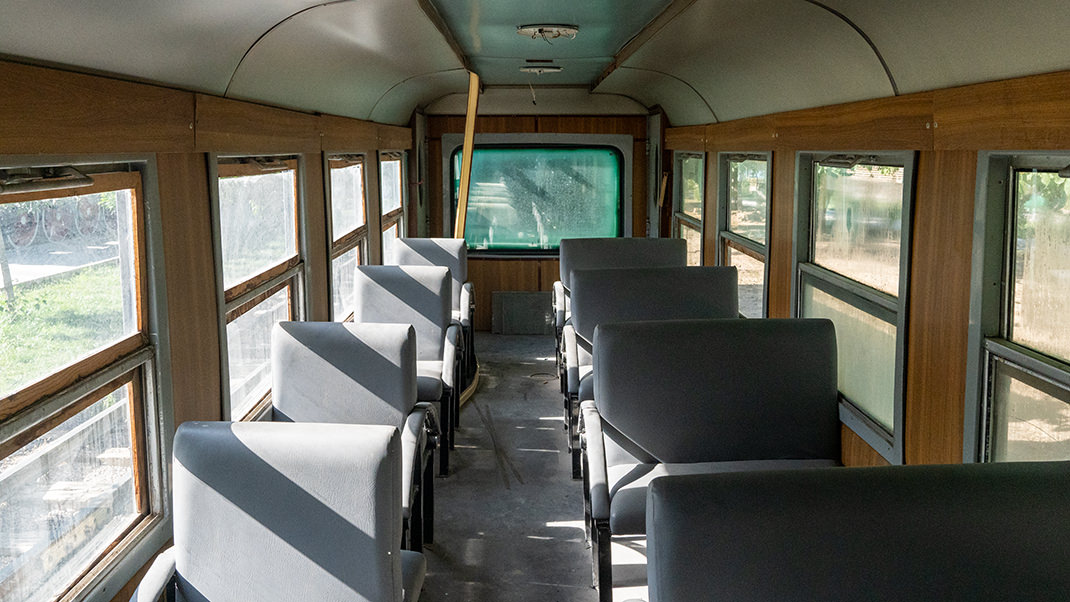
The Tashkent museum owes its existence to the railway equipment exhibition. It took place in 1988 and was dedicated to the centenary of the opening of the main line of the Trans-Caspian Railway. The exhibition sparked the interest of the citizens, and it was decided to make it permanent. Just a year later, the new museum opened its doors.
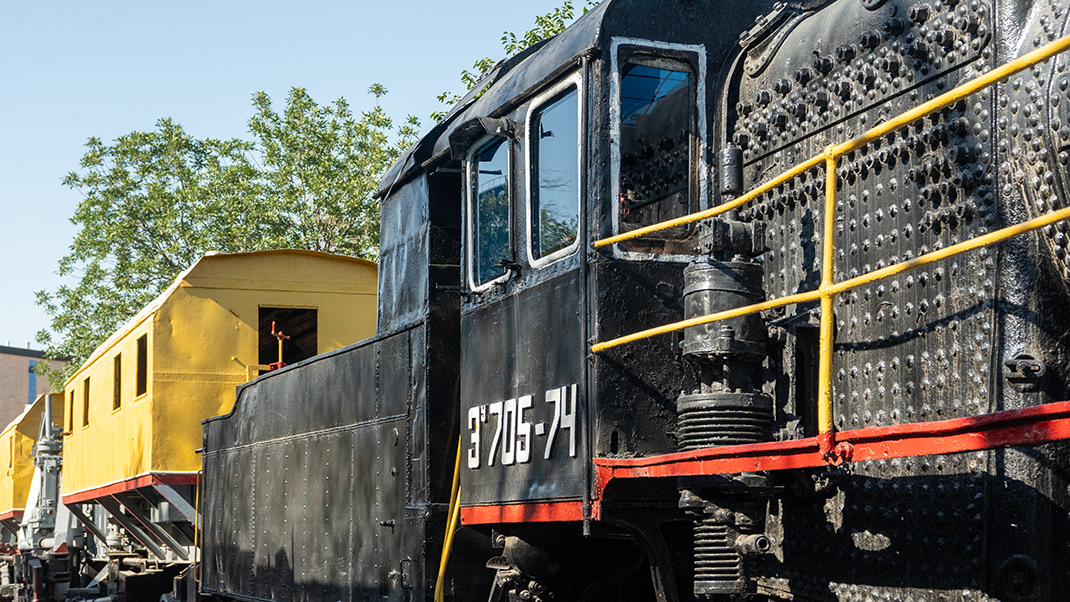
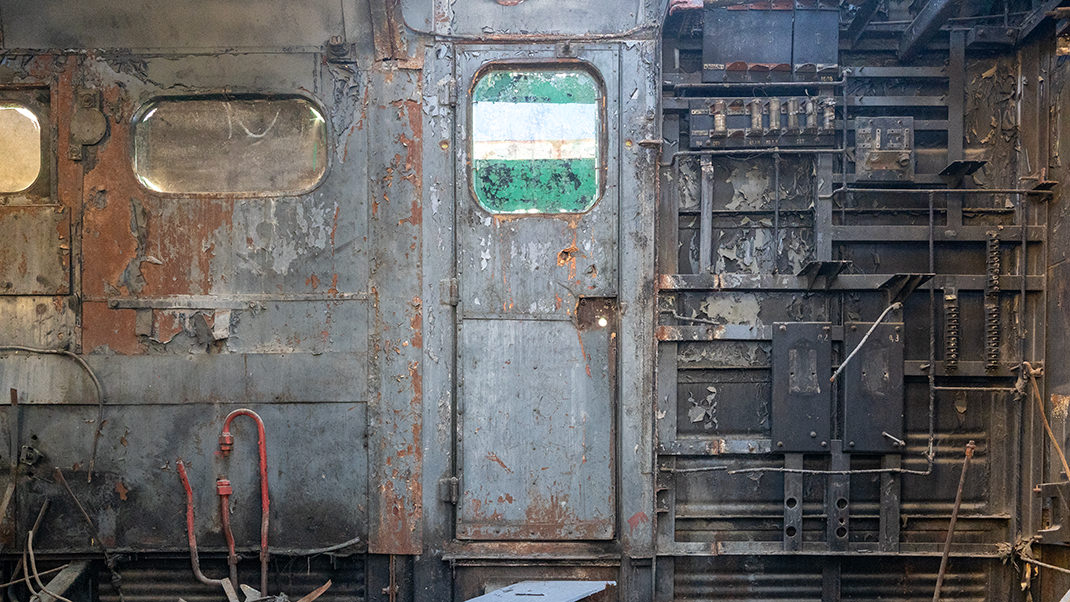
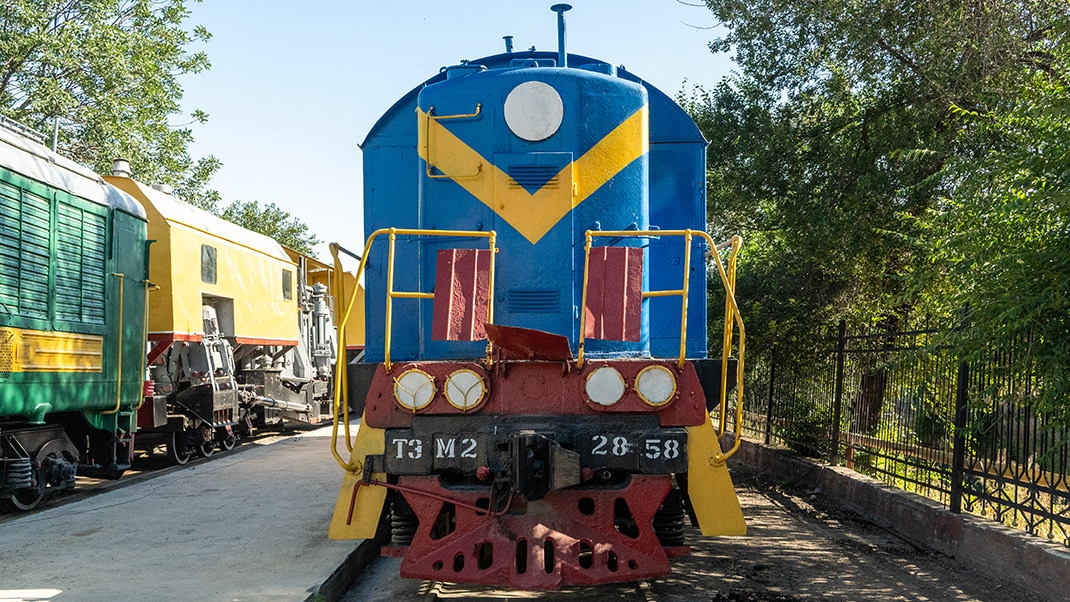
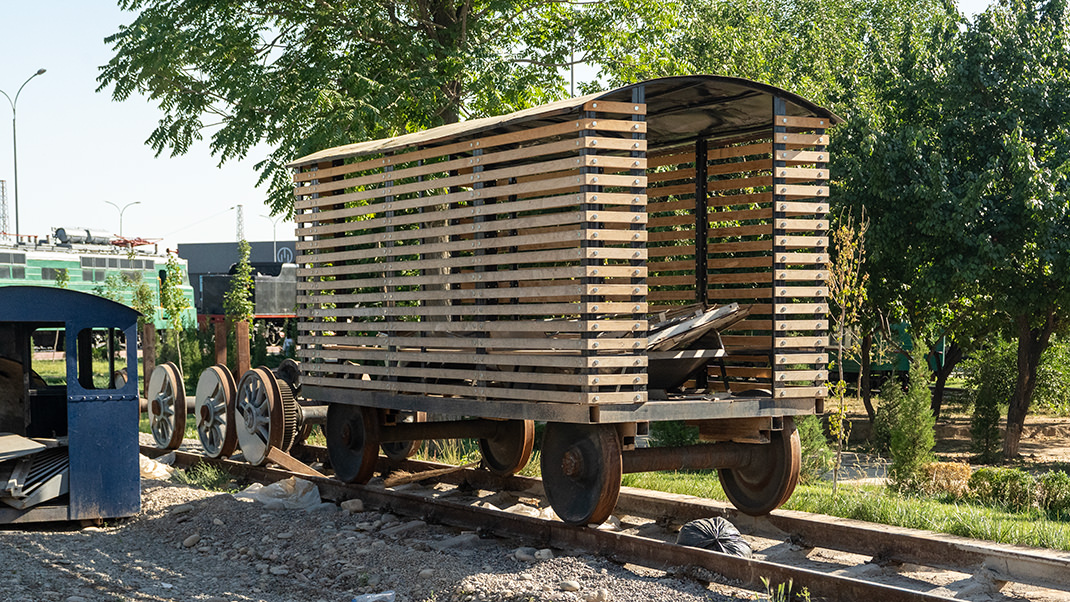
In 2022, the museum had more than 45 exhibits: diesel locomotives, electric locomotives, steam locomotives, wagons, and several units of various service equipment.
My attention was drawn to a very unusual carriage with glass instead of a roof. It is said online that it was intended for excursion groups. Interestingly, it is the only surviving copy. Similar cars were produced at the Leningrad Carriage Works.
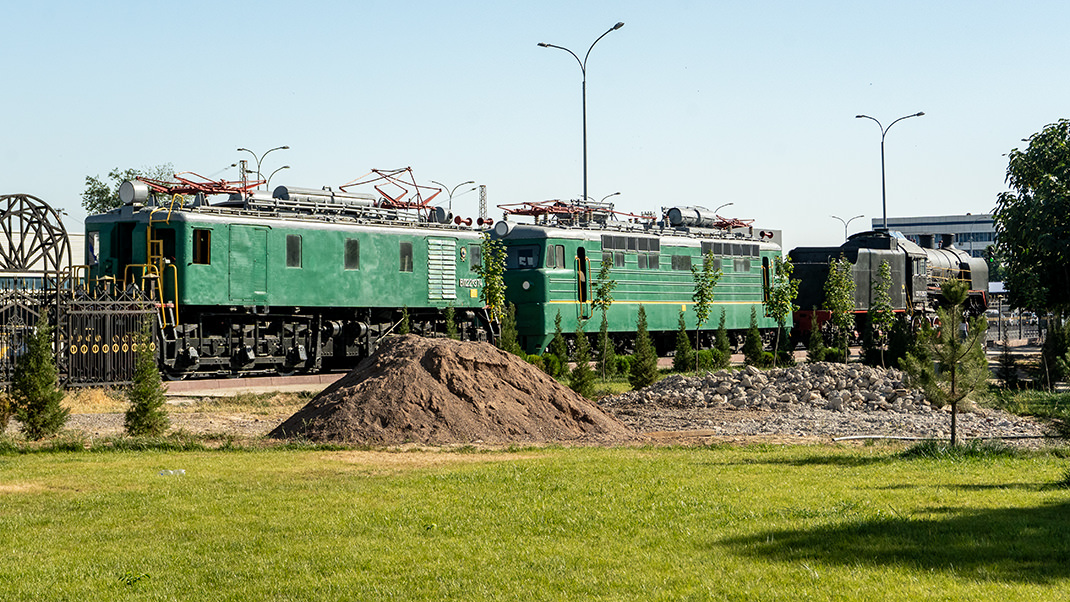
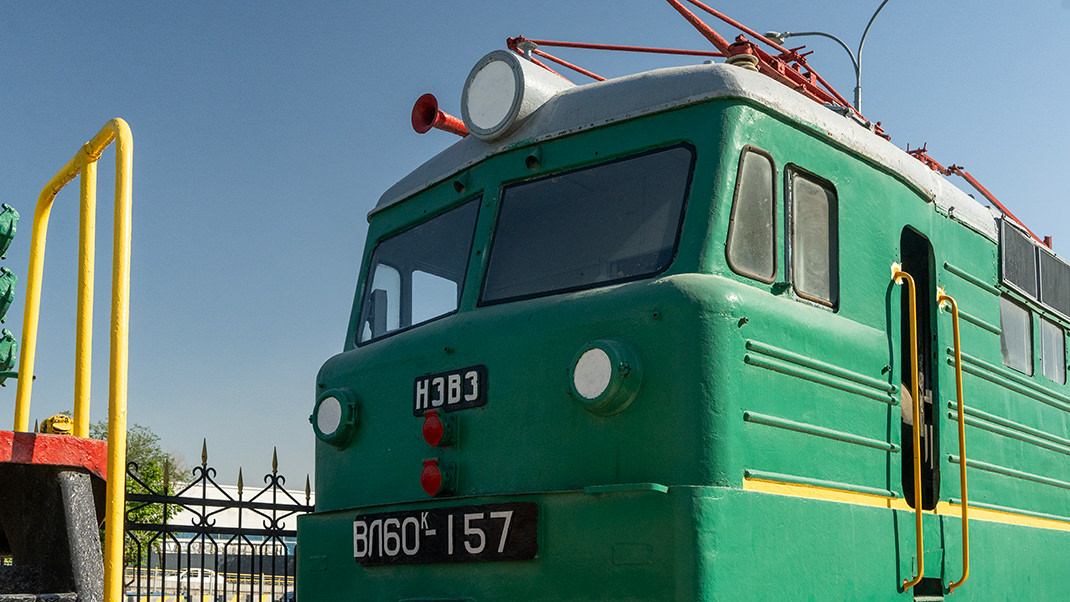
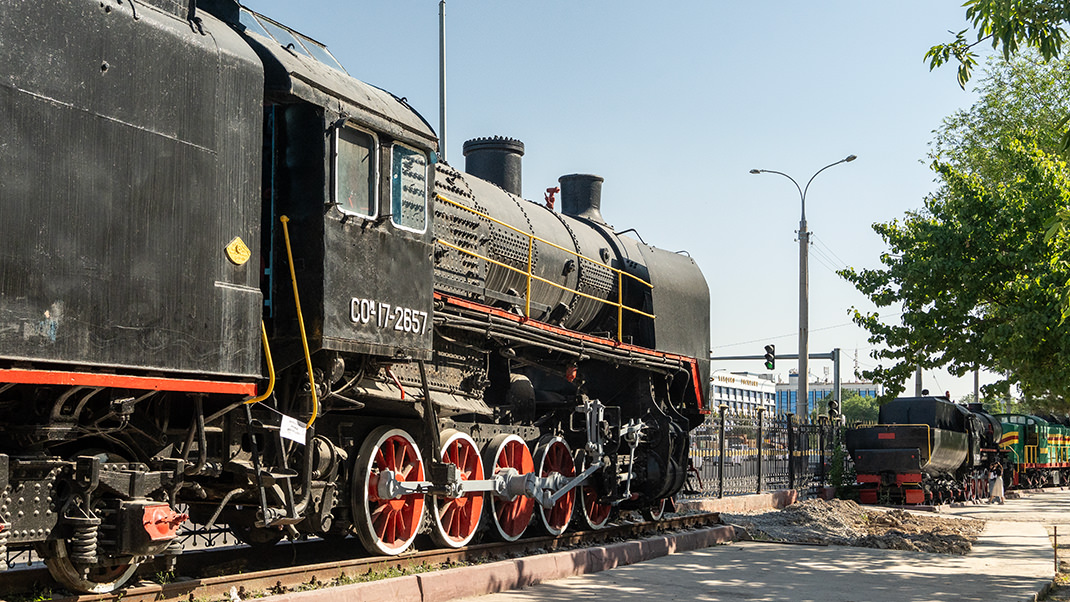
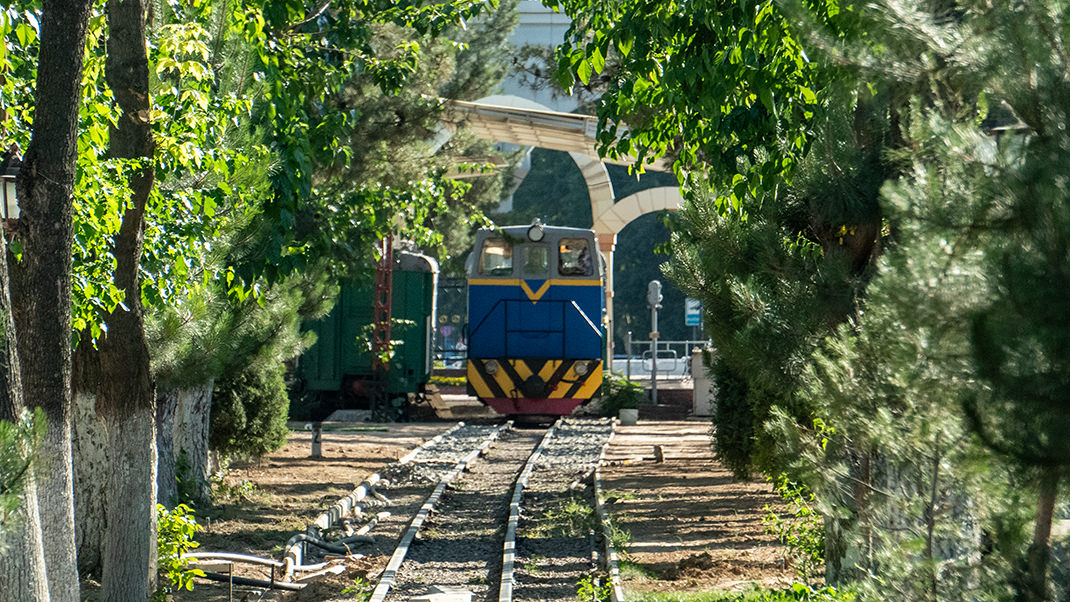
Some exhibits in the museum are open for visitors: guests can climb into the cabins of locomotives or enter the interiors of wagons. It should be noted that if you come here in the summer, sightseeing can turn into a real ordeal: the temperature outside often reaches 40 degrees, and inside the iron structures, the air heats up even more. I would recommend that guests sensitive to high temperatures limit themselves to viewing the exhibition from the outside.
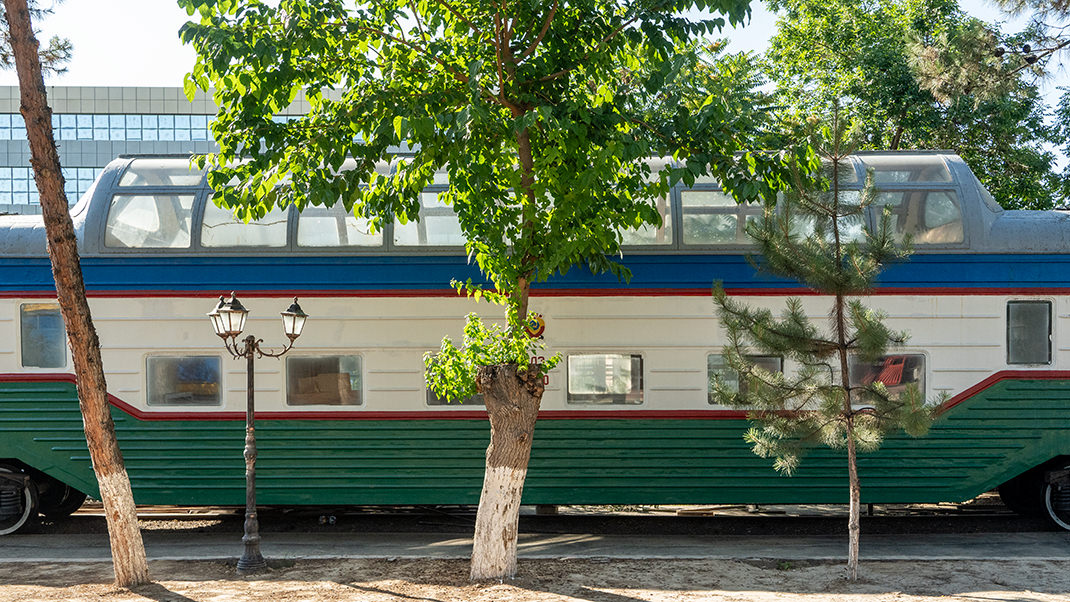
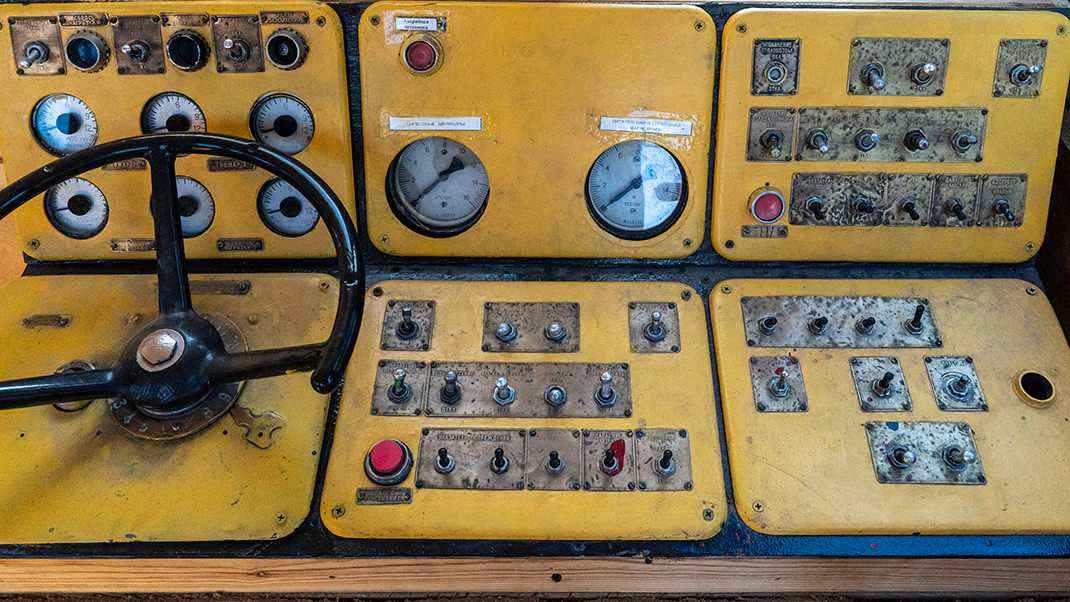
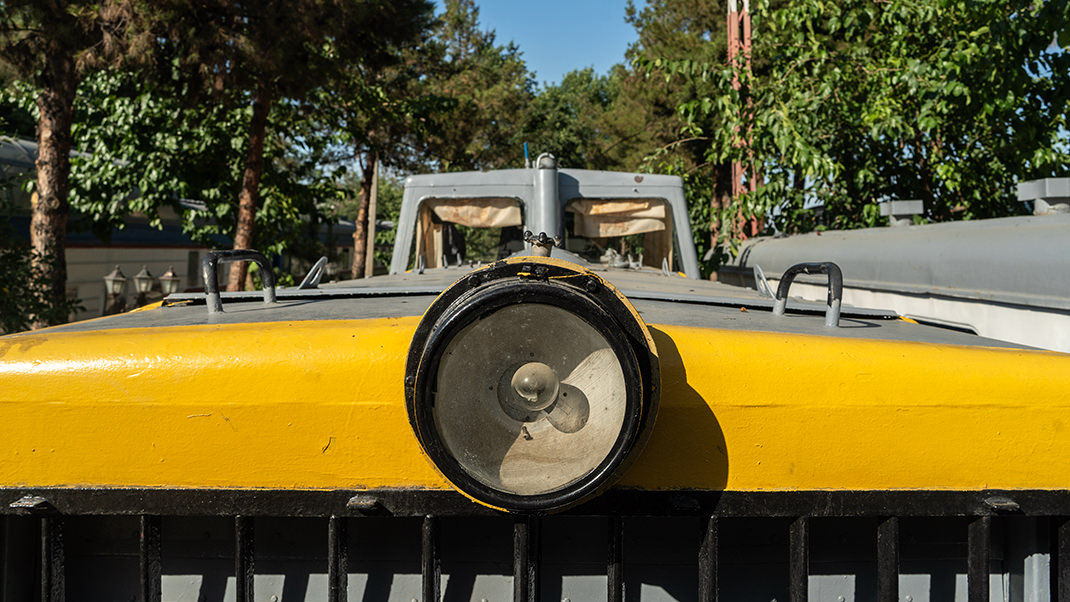
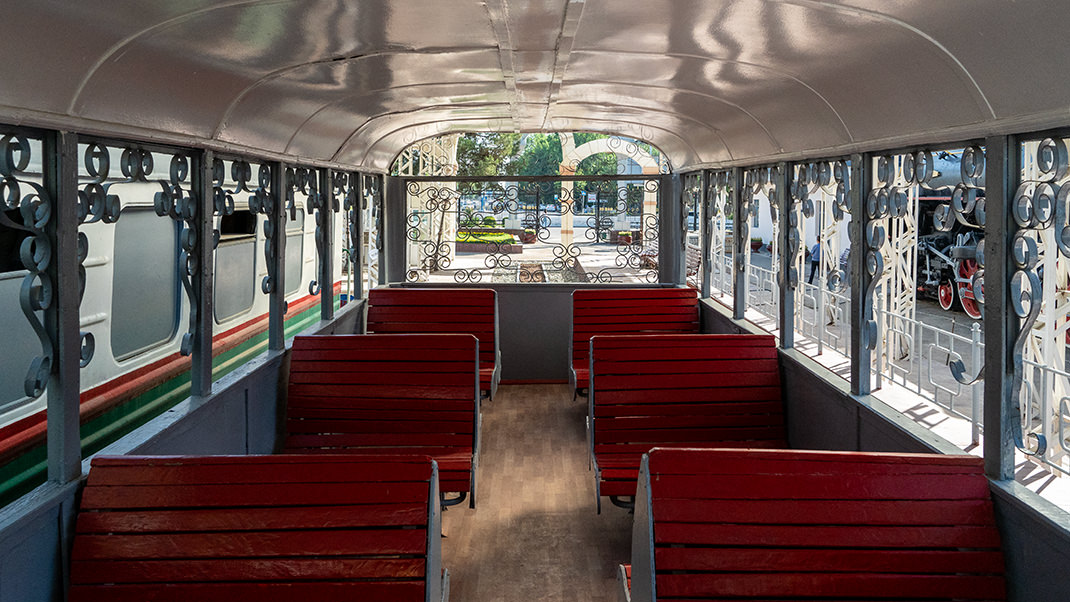
In Uzbekistan, I used trains only a few times. Nevertheless, I can still offer you to read an article about a trip to Samarkand or a journey to the amazing mountain waterfalls.
Have a nice trip!


